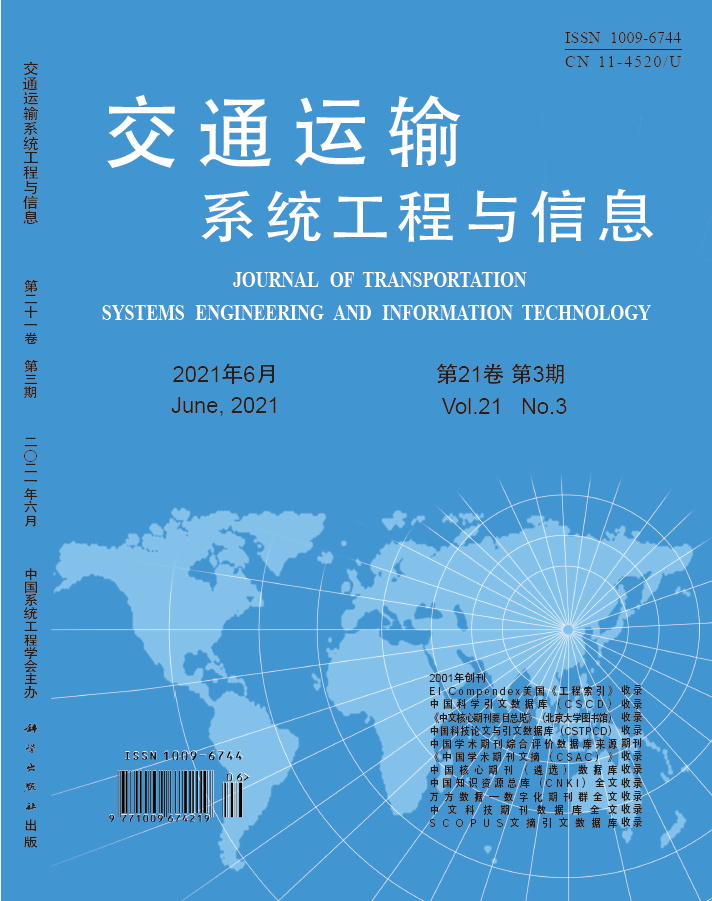Service network design is an important content of express freight operation management, and as well as a key scientific problem in the field of transportation. In this paper, the connotation of service network design for express freight is analyzed firstly, and then, the state of the art is discussed in detail from research content, optimization models, and solution algorithms. In terms of research content, different transport modes and multimode transport are classified and summarized, the service network design of express freight covers path planning, flow distribution, and scheduling optimization under either a single transport mode environment or integrated transportation system. Meanwhile, the connotation and extension of the research contents are constantly expanding. In the aspect of model construction, there are node-arc formulation and path formulation, and the space-time network has been widely used in dynamic service network model design in recent years. The considered modeling background is mainly based on deterministic conditions, while most models under uncertain conditions only consider the uncertainty of demand, and do not reveal the influence mechanism of various uncertain parameters on network structure and flow distribution. The factors considered include the total demand volume, service cost, service frequency in the initial stage, and gradually increasing capacity constraints, time impact, equipment utilization, et al. Heuristic algorithm is the main solution method, and there are many methods based on intelligent algorithms. With the improvement of computer operation efficiency and the powerful function of commercial software, the proportion of algorithms based on column generation and model relaxation or decomposition is on the rise in recent years. Finally, combined with the changes of internal and external conditions of express freight, the further research direction of express freight service network design in the aspects of considering uncertain conditions, low-carbon factors, and evolution mechanism is discussed.


